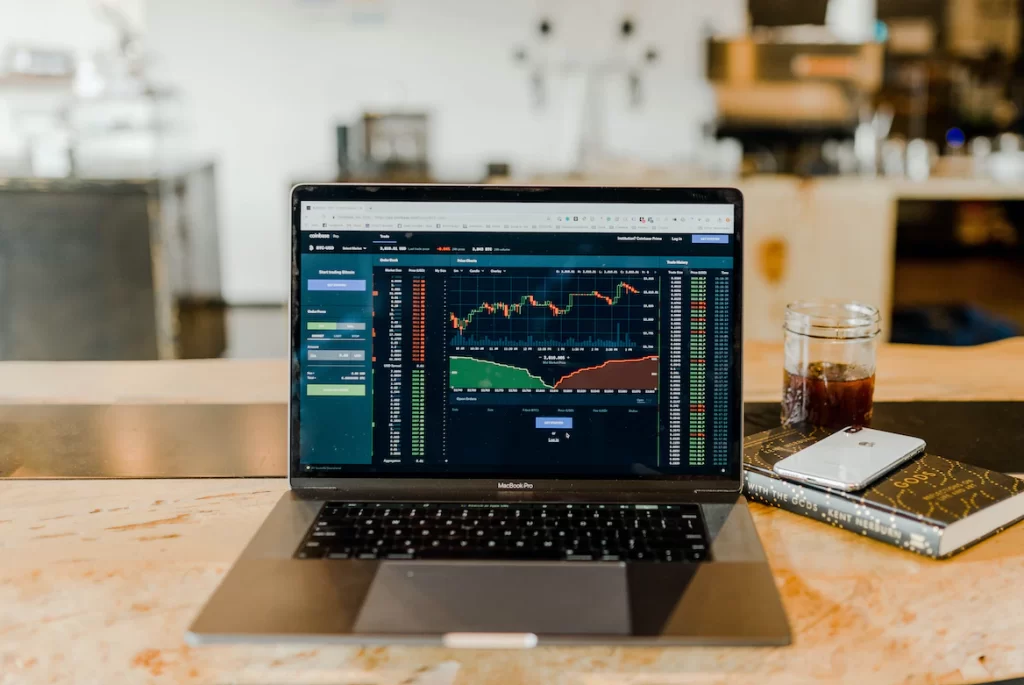Australian Bond Exchange Weekly Update
Friday 19th May
Key Points
- RBA minutes released this week explain the 25bps rate rise that shocked the markets.
- Wages increasing at a rate higher than the RBA cash rate, signaling stickier inflation.
- Low unemployment and increasing wages could be favourable for bond investors.
- The US debt-ceiling is self-imposed and has been increased 78 times since 1960.

Global Cash Rates & Inflation*
- The Reserve Bank of Australia (RBA) cash rate is at 3.85%, with annual inflation at 7% and the monthly indicator at 6.3%. The next RBA cash rate decision will be Tuesday 6th June at 2.30pm.
- The Bank of England (BOE) cash rate is now at 4.5%, raised 25bps last week to fight 10.1% inflation and return to BOE’s target of 2%. The next rate decision will be Thursday 3rd August.
- The US cash rate is 5.08%, and unlike many other countries grappling with the “war on inflation”, the US inflation rate is below the cash rate, at 4.9%. The next US rates decision is Wednesday 14th June.
- The European Central Bank (ECB) main deposit cash rate – which is at 3.25% – increased 25bps last week, and inflation is at 7%. The next ECB monetary policy review is set for Thursday 15th June.
RBA not ruling out further cash rate increases if needed
The Reserve Bank of Australia (RBA), in the minutes of their monetary policy decision, explained the reasoning behind the 25bps rate rise that shocked the markets.
The RBA noted that although headline inflation had passed the peak at 7%, the target 2-3% range was still well out of reach. Rent inflation was also tipped to continue adding to inflationary pressures, due to historically low vacancy rates and substantial rental increases, driven by an increase in net overseas migration.
In the minutes RBA Governor Philip Lowe also pointed out that inflation is being heavily influenced by a tight labour market, and the fact that wages are growing above cash rates. Recent Australian Bureau of Statistics (ABS) data on wage increases and employment did not ease this concern, with employment still strong and the highest annual growth in wages since the March quarter of 2013.
Although public sector wages rose just 0.9% over the quarter, there’s potential for a significant increase in the coming months. The economy is yet to document the impact of public sector wage increases outlined in the 2023-2024 Federal Budget, and there is the impact of the forthcoming annual Fair Work Commission decision on whether to increase award wages.
Wages rising despite rate hikes
The Wage Price Index (WPI), which reports on wage increases across both private and public sectors, saw wages grow 3.7% over the year to the March quarter, with 60% of jobs recording a higher wage rise compared to the year before (the highest recorded percentage since analysis began in 2003).
Though wages across all sectors (seasonally adjusted) at 3.7% is below the 3.85% RBA cash rate, the proportion of jobs receiving larger wage rises grew. Almost a quarter (24.5%) of all jobs reporting wage increases in Australia recorded an uplift of between 4-6%.
If we take this 4-6% figure into account, Australian wages could be growing faster than the RBA cash rate.
What happens when wage increases are higher than the RBA cash rate?
Wages support consumption, consumption drives up prices and increasing prices are the basis of inflation rates.
The RBA uses the cash rate as a tool to control spending, raising it to limit spending and dropping it to encourage consumption and growth.
When wage increases are higher than the cash rate, people are receiving enough “new income” to cover any interest rate rises from the cash rate, which limits the ability of the RBA to control consumer spending, and this is when inflationary pressures build.
How does this impact fixed income investors?
Low unemployment and increasing wages could be favourable for bond investors as this strange economic environment of rising wages and rising interest rates provides a unique combination of benefits.
Rising wages typically suggest that the economy is strong, and growing, with lower credit risk, and typically at this time bond yields are low.
However, when interest rates rise, bond prices go down and coupon rates go up.
Currently, this strange combination of two typically conflicting economic conditions at once could provide investors with a unique opportunity to benefit from both high interest payments and low bond prices, increasing overall yields on what are historically low return investments.
If you want to know how you could benefit from investing in bonds, request a callback here
The ever-adjustable, self-imposed US debt-ceiling
It has been hard to ignore the magnitude of the commentary that has surrounded the US debt-ceiling this week. For those not following along, the US debt-ceiling is a self-imposed limit to amount of money the US Government can borrow, which according to Moody’s is likely to be breached between June and August this year.
What’s important to note is that unlike your typical debtor-creditor relationship, in this situation the debtor is the creditor. That is, this self-imposed limit on borrowing can be lifted by the borrower (the US Government).
Though the fallout from hitting the ceiling would significantly impact global financial markets, with around 59% of the world’s foreign exchange reserves held in USD, most analysts note that since the U.S. has raised the debt ceiling 78 times since 1960 it’s likely it will happen again. At present it seems that it is rather the terms that come with the agreement, and how much they’ll raise it to, rather than whether they’ll breach the staggering US$31.4 trillion ceiling.

What’s coming up next week:
- The G7 Summit will be held this weekend in Japan, and due to Biden’s decision not to visit Australia next week for the Quad Leader’s Summit, will also be held in Japan. The outcome of these meetings typically has some influence on market conditions.
- The Westpac-Melbourne Institute Leading Index of Economic Activity is due next week, providing insight into how fast the economy is forecast to grow in the coming months.
- Next Friday, the ABS will release information on the Retail Trade, and the results of this report outlining consumer spending is likely to inform the RBA’s next rate decision.


